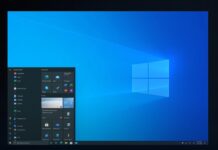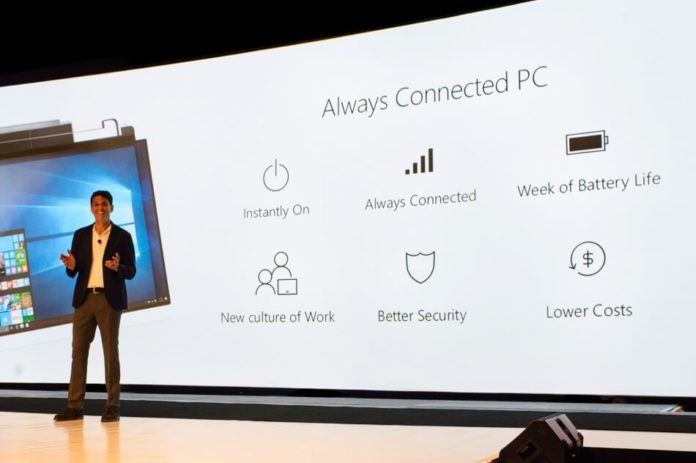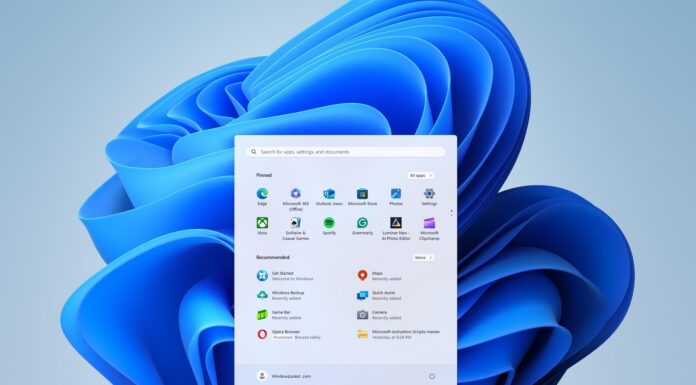Microsoft and Qualcomm last year announced Always Connected Windows 10 PCs, the project is their take on Windows for Mobile and cellular PC, it also aligns with Redmond’s target for delivering Windows as a Service. Microsoft last year announced the name of multiple mobile operators who will provide connectivity to these devices and support them on their network. With multiple OEMs gearing up to reveal their new Always Connected Devices, Qualcomm has today announced a new list of the mobile operators.
Microsoft keeps looking at ways to expand the Windows 10 on ARM project, and part of these plans seems to be partnering with the major mobile operators. Today, Qualcomm in a blog post has announced a new list of mobile operators who will support the Always-Connected Windows 10 PCs powered by Snapdragon processor from Microsoft partners. The major mobile operators including AT&T and T-Mobile will support these devices and make sure that the Always Connected PCs are always connected to the internet.
List of supported mobile operators announced last year
- China – China Telecom
- Italy – TIM
- U.K. – EE
- U.S. – Sprint, Verizon
List of new operators who will support this project
- U.S.A – T-Mobile and AT&T
- China – CMCC (China Mobile Communications Corporation)
- Germany – Deutsche Telekom
- Australia – Telstra
- Spain – Telefónica
- Switzerland – Swisscom
- France – Transatel
- Ireland – Cubic
“The Always Connected PC combines the connectivity and the simplicity of the smartphone with the power and creative capability of the Windows 10 PC, transforming how we work and play,” said Microsoft’s Windows and Devices, Corporate Vice President.
All of these mobile operators would support these devices and provide LTE connectivity to the new class of PCs via eSIM capabilities.
Windows 10 on ARM project is Microsoft’s attempt at rebooting its Windows RT efforts that were started in 2012, but the project failed due to a number of limitations such as lack of Win32 software. While Microsoft’s first attempt Windows RT was a flop pretty much because of the lack of apps, Windows 10 on ARM has no such problems or limitations and it’s likely to be a hit.






















